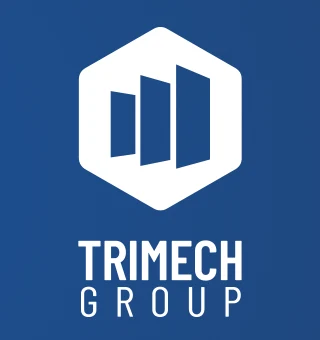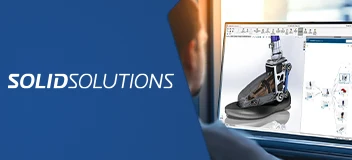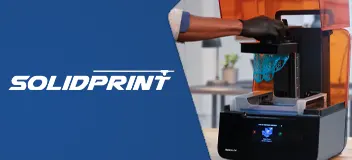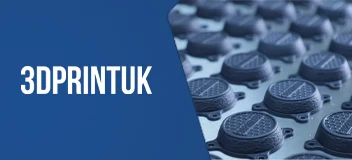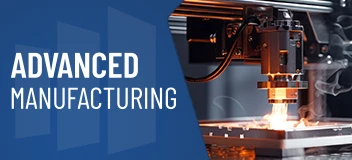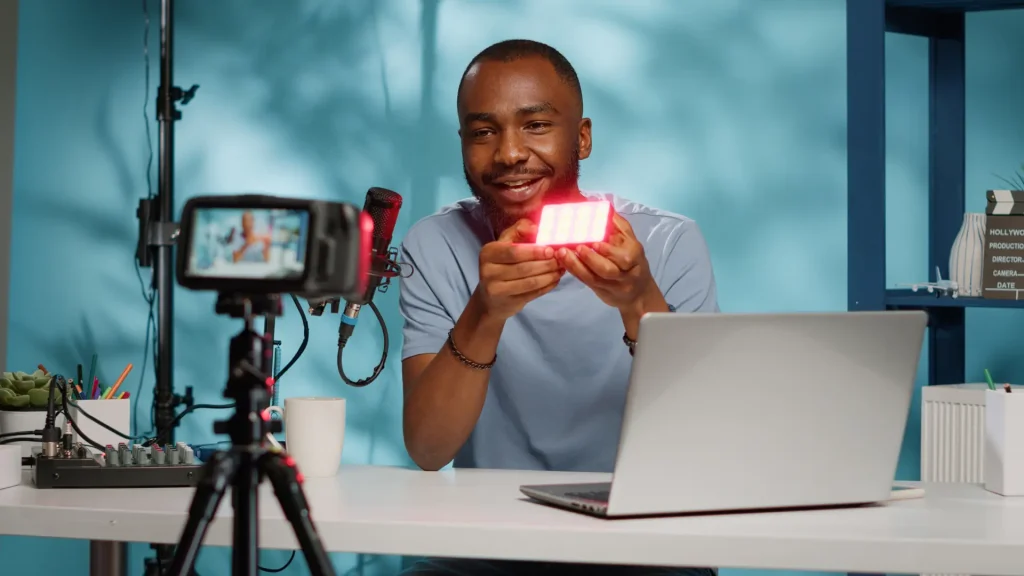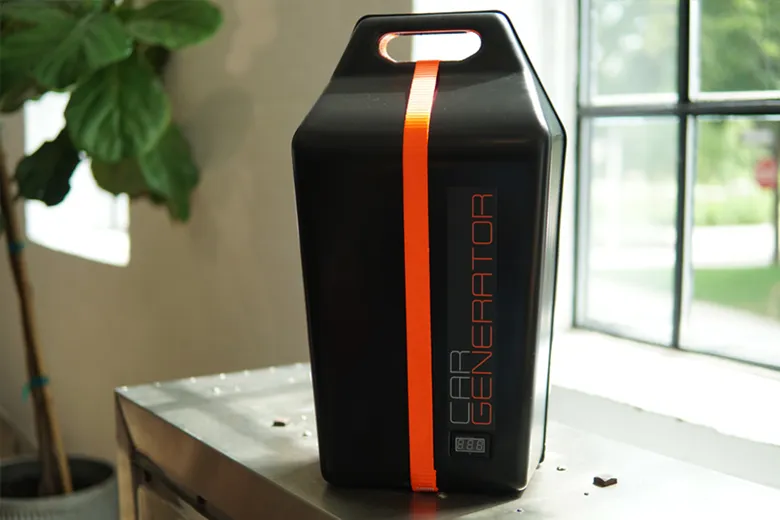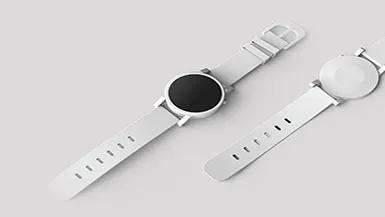What to Build First: Minimum Viable Product Strategy for Startups
Startups typically start small and focused when developing a new product. The best way to start is to create an efficient Version 1 – the Minimum Viable Product (MVP) that will be beneficial for all the stakeholders involved in the product development process, particularly designers and manufacturers.
This article provides a deep dive into MVP and offers pro tips from the perspective of an industrial designer with over 20 years of experience.
Key Takeaways:
- MVP is the simplest version of the product that can deliver value and collect user feedback. It’s about creating a focused, functional product with only the essential.
- MVP is critical for startups, who usually build MVPs during the early product development stage, after idea validation.
- MVP helps avoid feature creep, hit one niche, and streamline workflow.
- When developing MVPs, every design decision should be thought through including production, user interaction, cost, and future iteration. Stick to the core concept of the product, design with environment and use case.
What is Minimum Viable Product (MVP)?
Minimum Viable Product is the simplest version of the product that can deliver value and collect user feedback. It is built with the essential features needed to solve a core problem and be able to be fully functional.
MVP ≠ making a cheap product
The MVP concept, which originated in the tech sector, became associated with launching a rough version of a product and fixing it later, an approach that gave it a somewhat negative reputation.
But MVP is not about skimping – rushing a cheap, unfinished product by shrinking features down, but rather about creating a focused, functional product with only the essential features in the simplest, most effective way possible. It’s about design with intention and intelligent prioritization, being simple and sleek.
The goal of MVP is to get to market fast, learn from real users, and test key assumptions with minimum effort and cost.
When do you need an MVP?
Startups build an MVP after validating a problem but before committing heavy resources to a full product. This usually happens during the early product development stage, after idea validation.
After launching the MVP, startups focus on learning and iterating, and often go through multiple MVP iterations before achieving product-market fit, a stage where a startup consistently satisfies a strong market demand.

Why is MVP Critical for Startups?
One of the key differences between startups and Fortune 500 companies in product development is the scale of success required. For large corporations, a product often needs to generate $100 million or more to be considered successful, a threshold that fundamentally shapes how they approach product design and development.
Big corporations have large budgets and many resources to develop broad, feature-rich products aimed at as many segments of the market as possible. They can also bring years of experience and customer feedback into the decision-making process.
On the other hand, due to limited budgets and resources, a startup should focus on serving a small, specific segment of the market exceptionally well before expanding. This approach means:
- Startups must take a completely different approach to launching products – leaner, more flexible, and often focused on faster iteration and lower upfront costs.
- Startups need to adjust designs to fit economically reachable production methods, often prioritizing low-volume, lower-cost manufacturing.
- Startups have to build incrementally, using returns from MVPs to fund further R&D and next-gen products.
Avoid feature creep
Startups usually come up with one or two key innovations that have the potential to disrupt the market. But as they start developing the product, it’s quite common to see them start layering on extra features like app connectivity, LED indicators, multiple size options, or compatibility modes, to broaden the appeal or match competitor offerings. They try to benchmark mature products in the market and fall into the trap of adding “just one more thing” until the product is bloated.
Adding too many features can dilute quality, delay development, increase costs, and confuse users.
By defining what’s absolutely essential, however, MVP naturally filters out unnecessary ideas or “nice-to-haves” that can dilute the product. It keeps complexity low by prioritizing simplicity and focus, delivering the smallest set of features that provide real value to users.
Hit one niche
Starting narrow by targeting one niche is usually the smartest path for startups to gain traction, and MVP is the strategic move in hitting one specific user group really fast and nice.
By focusing on critical features that solve the key pain point, you naturally attract people who are interested in that one pain point and the core value. They will give you the best early feedback for you to build the foundation for Version 2 and start planning out your product roadmap. If you can hit one niche well, then use sales revenue and user feedback to plan upgrades and additional features, scale and expand in different ways.
However, if you never get to market, or if the product that you first released is too complicated or glitchy, you’ll risk losing the impact of your core innovation. Without delivering those key features effectively, the product becomes a non-starter.
Streamline workflow
Product development is a long and complex process. By having a simple MVP, you are going to get feedback and iterate faster, gain a clearer understanding of your target customer, have less defects and warranty issues, as well as production cost. It’s also easier to market, sell, support, and explain to investors and partners. All of this means fewer headaches and more time for a startup to focus on growing, rather than dealing with small, complicated issues.
This simplicity becomes even more critical when you are approaching the production stage. Manufacturers have their own processes. The simpler your product, the easier it is for them to understand and produce it with minimal back-and-forth.
The benefits of a strong MVP mindset go beyond the initial launch. As you expand into diverse markets, you’ll encounter a wide range of perspectives and needs. Anchoring your product in clarity and focus from day one helps you manage this complexity, ensuring that growth doesn’t come at the cost of coherence.
Design Tips for Developing MVPs
People usually come with different types of ideas for developing their MVPs. Some already have a clever physical prototype. Others only have a conceptual idea, not visualized or structured yet. In both cases, the design team’s job is to help clarify and refine the idea into something functional and efficient.
Developing an MVP starts with identifying the core problem the users are facing, drilling down to the main value the product will deliver, and making honest choices when prioritizing features of Must-Have vs Nice-to-Have.
As an industrial designer with over 20 years of experience, below are some tips when designing for an MVP:
Think it through
When I’m sitting, drawing, and working within CAD, I always think what and how to detail for the core features: Does the location of this component or the part line make sense? Is it moldable? Can it be produced effectively and economically for the client? Can users have a wonderful interaction with the actual product?
When deciding if a feature is necessary for Version 1, think of the Swiss watch analogy: the number of gears is similar to the level of complication here – the more features you add, the greater the compounding effect of complexity that happens in between these features. Every additional gear or feature adds cost, and room for failure.
Every design decision should be deeply thought through and anticipate production, user interaction, cost, and future iteration. Prepared with the Design for Manufacturability (DFM) mindset when designing for MVP. MVPs should be designed to be feasible to manufacture at small scale, with lower tooling costs, fewer complex parts, and simpler production methods.
Bring it back to initial ideation
When you try to make an idea work just because you’re attached to it, it can become too much. If something feels clunky, overcomplicated, hard to explain, or simply doesn’t fit naturally into the product’s purpose, it might be a sign that you’re on the wrong path and the product needs simplification.
Being honest with yourself during this process is crucial — admitting when a direction isn’t right saves time, money, and frustration later.
You can look into details of your product to see what is the thing that you need to solve the pain point that you originally came up with. The core concept can help frame that simplicity.
Design with environment and use case
A great product isn’t just about what it does, it’s about where and how it will be used. A smart product looks good but still fits its purpose and environment. Is it rugged? Wet? High-impact? Public-facing? Adjust design choices such as materials and structure accordingly.
“The perfect product has no instruction manual.” Great product design starts with core functionality, then layers in aesthetics, user needs, and environmental fit.
Understand the real-world use case, so your design is not just beautiful, but usable, durable, and appropriate.
Nothing more, nothing less
MVP is a way to stay down an elegant path when doing product design. There’s a line for it – nothing more, nothing less. By keeping it that way, there’s that purity of purpose, which makes sure when the user sees the product, they get it, they know how to use it intuitively.
Conclusion
MVP is about doing one thing extremely well: you start with clear core features, design for the simple and smart Version 1, and let the market guide your evolution.
If you have a great new product idea and you’d like to learn more about our product development process, get in touch with TriMech Design and our product strategist will reach out to you.
Have a Product Idea?
Discover our product development services tailored to startups, small manufacturers, and inventors.
Design Newsletter
Get the latest news curated for designers, makers and inventors.
Product Design Experts related to this content:
Discover our team of designers, engineers, project managers, and problem-solvers.
Magnus Skold, Senior Industrial Designer
Per Magnus Skold is an industrial designer with over 20 years of experience creating user-centered, production-ready products across consumer electronics, medical devices, aerospace, lifestyle products, and transportation.
More from our Blog
The Benefits of Building a Seasonal Product ft. A Mako Client!
With the upcoming holiday seasons coming up, comes a shift in consumer trends as audiences look to purchase products that are more fitting to suit…
GoFish Cam’s Great Success!
Late last month we were proud to announce that our friends and clients at GoFish Cam, Brandon and Ryan Austin, have launched their Kickstarter Campaign…
Why Simple Product Design is Best
At TriMech Design Solutions (formerly MAKO), we help a diverse range of clients and inventors with their invention ideas daily. One question we frequently encounter…
Need help with your Product Idea?
Tell us about your invention or product design idea and get the help you need design, build and bring it to market
